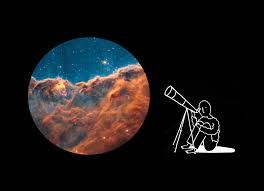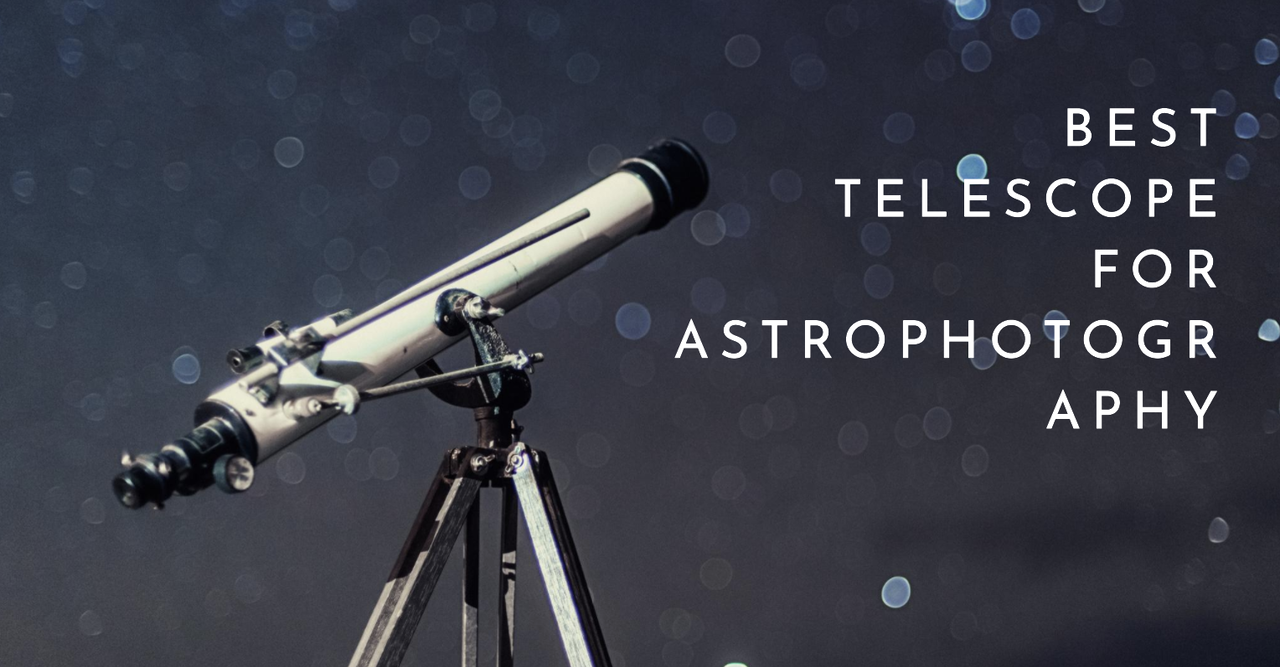Unveiling the Cosmos: A Comprehensive Guide to Choosing the Best Telescope for Astrophotography
Table of Contents
Introduction:
Astrophotogrphy is a captivating endeavor that allows enthusiasts to capture the beauty and wonder of the cosmos. At the heart of this pursuit lies the telescope, a powerful tool that serves as a window to the universe. Choosing the right telescope for astrophotgraphy is essential for achieving stunning images of celestial objects, from distant galaxies to nebulae and planets. In this comprehensive guide, we delve into the intricacies of selecting the best telescope for astropotography, exploring factors such as aperture, focal length, mount type, and more.
Understanding Astrophotography:

Astrophotography is a blend of science and art, requiring precision optics, advanced camera technology, and an understanding of celestial mechanics. Whether capturing images of deep-sky objects or planetary details, astrophotographers rely on telescopes to gather and focus light, revealing the intricate details of the cosmos. The key to successful astropotography lies in selecting the right telescope for the task at hand, taking into account factors such as aperture size, focal ratio, and optical design.
Choosing the Right Telescope:

When it comes to astrophotography, one size does not fit all. Different telescopes excel at capturing different types of celestial objects, depending on their design and specifications. Refractor telescopes offer crisp, high-contrast images ideal for lunar and planetary photography, while reflector telescopes are well-suited for capturing faint deep-sky objects such as galaxies and nebulae. Catadioptric telescopes combine the advantages of both refractors and reflectors, making them versatile options for astrophotography.
Factors to Consider:
Several key factors influence the suitability of a telescope for astrophotography. Aperture size determines the telescope’s light-gathering ability, with larger apertures allowing for brighter and more detailed images of faint objects. Focal length and focal ratio affect the telescope’s magnification and field of view, influencing the types of celestial objects that can be effectively photographed. Mount type is also crucial, with equatorial mounts offering precise tracking and guiding capabilities essential for long-exposure astrophotography.
Top Telescopes for Astrophotography:
Several telescopes stand out as top contenders for astrophotography, each offering unique features and capabilities. The Celestron NexStar 8SE combines a large aperture with computerized tracking, making it an excellent choice for capturing detailed images of planets and deep-sky objects. The Orion SkyQuest XT10g offers impressive light-gathering power and a sturdy Dobsonian mount, ideal for wide-field astrophotography and deep-sky imaging. For portable astrophotography, the Sky-Watcher Evostar 72ED is a compact refractor telescope that delivers sharp, high-contrast images suitable for lunar, planetary, and wide-field photography.
Understanding the Vision:
Before embarking on the quest for the ideal telescope, it’s essential to define the vision for astrophotography endeavors. Are you drawn to the intricate details of distant galaxies, or are the majestic rings of Saturn calling your name? Understanding your imaging goals will serve as a guiding light in selecting the telescope that best aligns with your vision and aspirations.
Navigating the Night Sky:
The night sky is a tapestry of wonders, with each celestial object offering its own unique allure and challenges for astrophotographers. For capturing planetary details and lunar landscapes, a telescope with high-resolution optics and precise tracking capabilities is essential. On the other hand, for delving into the depths of space to capture faint nebulae and galaxies, a telescope with ample light-gathering power and a wide field of view is paramount.
Aperture: Gateway to the Stars:

At the heart of every telescope lies its aperture, the gateway through which light from distant celestial objects enters. Aperture size plays a crucial role in determining the telescope’s ability to gather light and resolve fine details in astrophotography images. While larger apertures offer greater light-gathering power and resolution, they also come with increased size, weight, and cost considerations.
Focal Length and Focal Ratio:
In the realm of astrophotography, focal length and focal ratio are like the lenses of a camera, shaping the magnification and field of view of the telescope. A longer focal length provides higher magnification for capturing detailed planetary images, while a shorter focal length offers a wider field of view for capturing expansive views of the night sky.
Mount Matters:
A telescope mount is the foundation upon which astrophotography dreams are built. A stable and precise mount is essential for tracking celestial objects accurately and minimizing image drift during long-exposure imaging sessions. Equatorial mounts, with their polar alignment capabilities, are favored for astrophotography due to their ability to track celestial objects in sync with Earth’s rotation.
Top Contenders:
In the vast cosmos of telescope options, several models stand out as top contenders for astrophotography pursuits. The Celestron NexStar 8SE, with its impressive aperture and computerized tracking, offers unparalleled views of planets and deep-sky objects. The Orion SkyQuest XT10g, with its Dobsonian mount and generous light-gathering power, is a favorite among astrophotographers seeking stunning views of faint nebulae and galaxies.
Embarking on the Journey:
Selecting the best telescope for astrophotography is not merely a technical decision; it’s a journey of exploration and discovery. It’s about finding the telescope that resonates with your vision, ignites your passion for the cosmos, and empowers you to capture the wonders of the universe with clarity and precision.
Tips for Success:
Achieving stunning astrophotography results requires more than just the right telescope; it also requires patience, practice, and attention to detail. Proper setup and alignment of the telescope and mount are essential for accurate tracking and guiding during long-exposure imaging sessions. Choosing the right camera and accessories, such as autoguiders, filters, and focal reducers, can also enhance the quality of astrophotography images. Additionally, mastering post-processing techniques using software such as Adobe Photoshop or DeepSkyStacker allows astrophotographers to fine-tune their images and bring out subtle details.
Conclusion:
In conclusion, selecting the best telescope for astrophotography is a deeply personal decision that depends on factors such as budget, experience level, and imaging goals. Whether capturing the delicate beauty of distant galaxies or the intricate details of planets and moons, astrophotography offers a breathtaking glimpse into the mysteries of the universe. By understanding the nuances of telescope design and choosing equipment that aligns with their vision, astrophotographers can unlock the full potential of their craft and unveil the cosmos in all its glory.
For More Information Please Visit These Websites Craiyon And arturia





